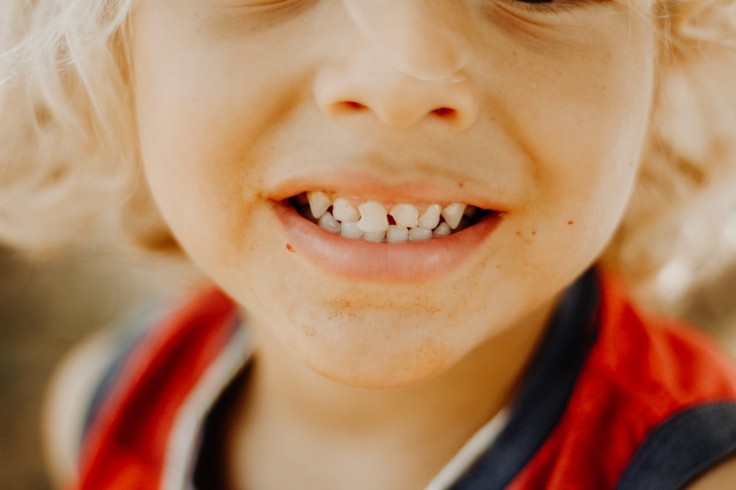
Teething can be very uncomfortable for children, rightfully so since their gums are expanding and molars are slowly developing and rising. If your child is teething, it is up to you to console them and their discomfort can also be your discomfort. Teething is a natural process wherein your child's teeth break through their gums, also known as odontiasis, teething is sometimes referred to as cutting of the teeth because of how it erupts from the gums.
When does teething start?
Teething happens during your child's first year. If you are breastfeeding your child, you will notice that their latch is becoming stronger and their gums are becoming harder, so there is a chance that you will feel pain when they drink from you. Their first tooth can develop as early as 6 months and their set of teeth will be completed by the time they reach 3 years old.
It is not possible to predict the exact number of teeth that your child will have when they reach 1 or 2 years old, because teeth development will depend on the gum health and the development of the child. What dentists can predict, however, is the order in which the teeth will appear, as it is almost the same case for every child. Dentists also provide dental charts for parents so that they can have references once their child starts teething.
Within 6 to 15 months, the teeth in the middle of the child's mouth, known as upper and lower central incisors, will start to appear. There are usually two on top and two at the bottom part. The first one that you will see will be the teeth in the bottom section, followed by the top section. The teeth at the sides of the center teeth, also known as lateral incisors, will appear as soon as they reach 9 months.
Their first molars will break through their gums when they reach 18 or 19 months. Because of the large size of the molars and because of their sharp edges, your child will feel pain when it erupts from their gums. The fang teeth of your child will show when they reach 16 months, the lower fangs will show up first, followed by the upper fangs. This development will occur until they reach 23 months. And when your child reaches 23 months, the second molars will start showing up, by the time they reach 33 months, the molars are complete. When a child reaches the age of 6, they lose their first tooth.
Signs of teething
Because of the pain and discomfort that your child will feel throughout the teething process, there is a massive chance that they will be cranky. Their mood will be off and they may cry more than usual. You will also notice that their gums are swollen, this can explain why your child will constantly rub his cheeks and pull his ear because they all share the same nerve pathways.
You will also notice that your child will constantly look for something that they can chew. Teething gums can be itchy, and chewing can help relieve the itchy feeling. To prevent your child from chewing on something dangerous, you can give them a teething toy to focus on. Your child will also produce extra saliva so they will drool a lot, make sure that you carry a cloth or handkerchief with you at all times.
Since teething is a normal process that toddlers go through, you do not need to call your doctor. But if a fever breaks out, you need to contact your pediatrician so that you will have the proper and safe medication.
ALSO READ: Tell-Tale Signs that Your Baby is Teething